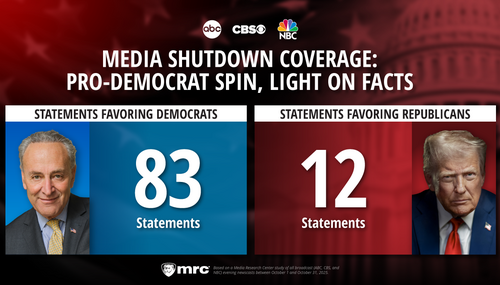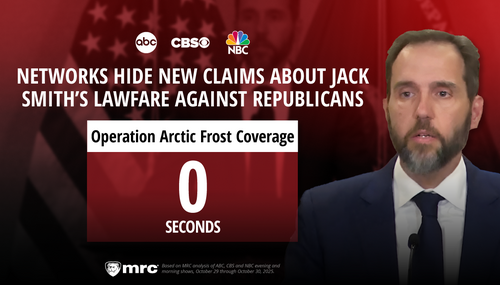Remember how the $789 billion stimulus package and the banking bailout under the direction of Treasury Secretary Tim Geithner were supposed to restore confidence to the economy? Think again.
As the Dow Jones Industrial Average (DJIA) dipped to less than 8,000 points in the wake of Geithner’s TARP II announcement on Feb. 10, CNBC contributor and UC-Irvine Professor of Economics and Public Policy Peter Navarro warned that it’s the sign of a new floor for stock market index. He predicted the Dow to go to 6,000 on CNBC’s Feb. 13 “Squawk on the Street.”
“We got the market top in November 2007 at about 14,000 on the Dow,” Navarro explained to co-host Mark Haines. “And we went down to 8,000 over the course of the year. We’ve been in this sideways pattern since until recently at 8,000. We put the fiscal stimulus in place. We put the bank bailout in place. The market says we don’t like it. We break that critical support level.”
In a follow-up interview with the Business & Media Institute, Navarro explained why the stimulus would not work – it would either fail due to lack of short-term stimulus or over-stimulate the economy in the long run, which would bind too much of the economy up in the government sector.
“There are two problems with the fiscal stimulus that could derail the economy,” Navarro explained. “One is that it simply doesn’t work. And the issue there, I think, one of the legitimate criticisms in the stimulus is that it really is not all that focused on short-term stimulus – that much of what it will do will take time that we don’t really have right now.”
Should it stimulate the economy for too long, it would drive up interest rates and therefore freeze up credit even more, prolonging a recession.
“The second part of it is that it’s kind of a bookend’s concern is that it may work too well and for too long, in which case the likely result will be a combination of inflation and higher interest rates, that then again choke the recovery off,” Navarro said. “And that has to do with just the simple matter of how it’s financed.”
According to Navarro, to finance a budget deficit of this magnitude, you would have to sell bonds to the private market, which drives interest rates. Or print money, which would happen because the Federal Reserve, instead of the public, would buy Treasury bonds and that would force the Fed to create bank reserves to pay for it, which essentially increases the money supply and causes inflation.
Back during the 2008 presidential election campaign, pundits and pollsters were quick to point out that a sour economy tended to favor Democrats. However, Navarro said that thus far the Obama administration has failed to deliver and that’s causing jitters on Wall Street.
“Now why does that matter?” Navarro said on “Squawk on the Street.” “I view the market as a leading indicator of where the economy’s going. And what that sideways pattern has been telling us is that there is great uncertainty about whether or not the recovery is going to happen. The problem we have, Mark, is that the global economy right now is getting worse at a faster rate than our policy is getting better. We expected competence from the Obama administration, but so far both the fiscal stimulus and the bank bailout do not reflect that confidence.”
Navarro maintains a blog and free weekly newsletter, “The Well-Timed Strategy,” at http://www.peternavarro.com/dailyblog.html





